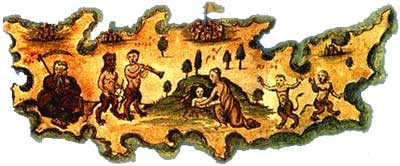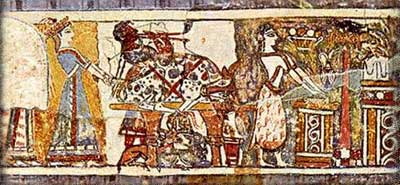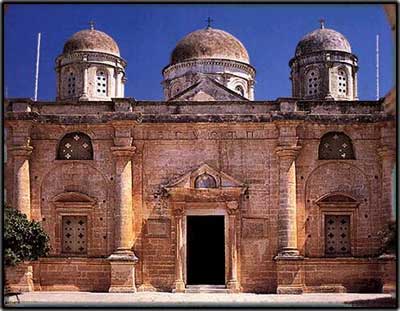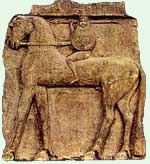Greece: History of Crete |
|||||||||||||||||||||
|
There is a Greek saying that a Cretan's first loyalty is to the island and second to the country. Indeed, some of Crete's rugged individualism, which treats even Greeks as foreigners, persists; simply look to the long-mustached men who sit by the harbor polishing their high black boots. Like the island, they are hospitable, but prefer to keep their distance, staid and stoic.
After being settled by humans around 6500 B.C., Crete passed through the late Neolithic and early Bronze ages, sharing the broader eastern Mediterranean Culture. Sometime after 3000 B.C., new immigrants from Asia Minor came over; by about 2500 B.C., there began to emerge a fairly distinctive culture that has been called Minoan Culture. Among the artifacts found from this time are gracefully flared pottery shards, frescoes, jewelry, ceremonial horns, stone libation vessels, and figurines.
The extensive ruins of this unique civilization, all unearthed during this century, offer visitors an impressive spectacle. In many ways Greek mythology had its beginnings on Crete's Mt. Ida, the mythical birthplace of Zeus. For several centuries, Crete was a relatively marginal player in the great era of Greek classical civilization.
In the 8th century BC, Dorians occupied the island; they introduced the Greek language, as jewelry-making, sculpture, and pottery thrived. In later years, Crete was wrested from Byzantine rule at various points by Arabs, Crusaders, and Ottomans.
In 1898, the island
became an English protectorate. Finally after the Balkan War of 1913,
Crete was for the first time formally joined to Greece. |
|
||||||||||||||||||||
|
|Home| | About| |Help| |Jobs| | Contact Us| | Advertise With Us| |Submit Your Site| |Map| |
|||||||||||||||||||||





